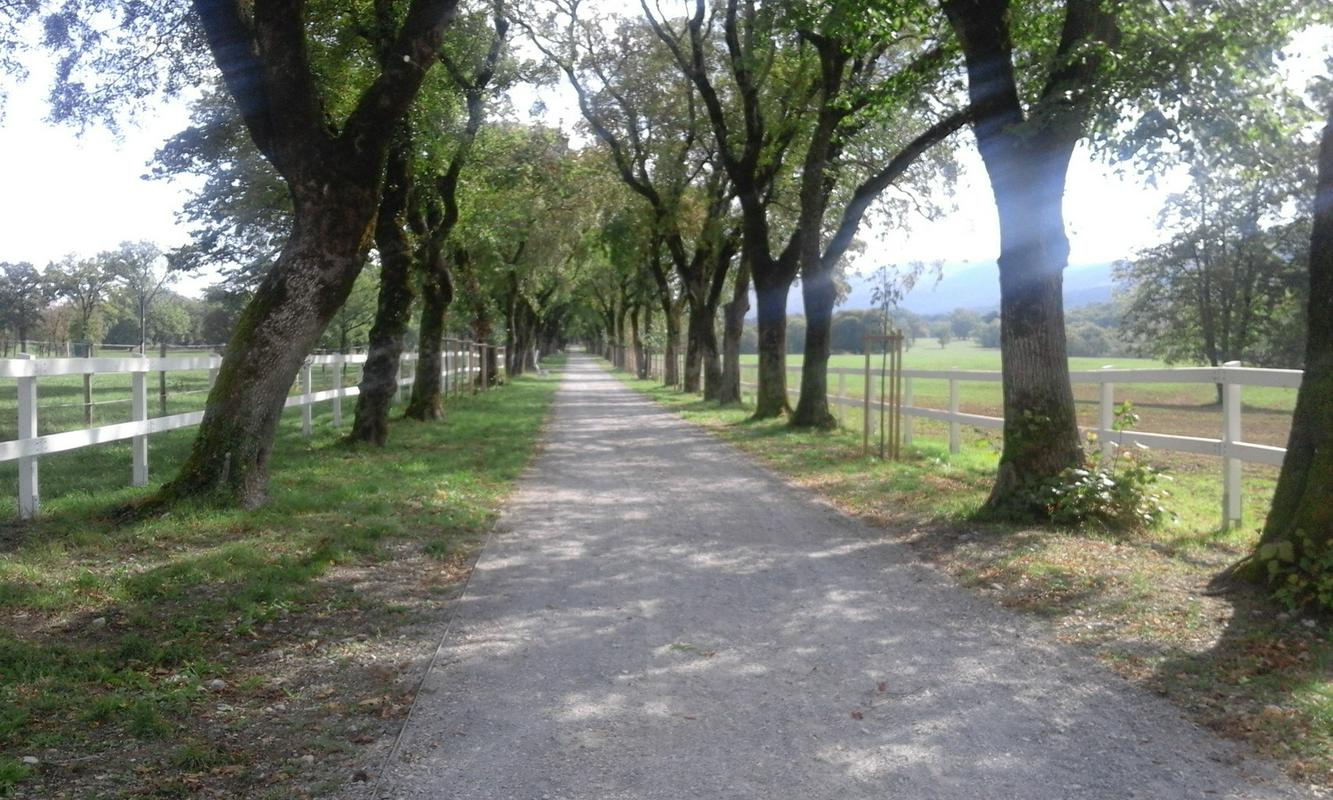
The village of Lipica is the home of the famed Lipizzaner horses made famous by the Spanish Riding School in Vienna. But its surroundings are in many ways just as interesting, and thanks to the Ludvik Interpretive Trail, the area’s landscapes are being discovered by an increasing number of visitors.
The trail was named after Ludvik Husu, a local speleologist with a passion for the landscapes of the area. And they certainly are special: Once covered in forest, the plateau lost most of its topsoil after centuries of logging, and is now covered primarily with low vegetation. Beneath the surface, the area is rich in landscape formations typical of the terrain known around the world as the Classical Karst.
The Ludvik Interpretive Trial, approximately 13 kilometers in length, takes visors along sights typical of the Karst region, including sinkholes and caves. One of the caves, known as Malenica, even shows signs of prehistoric human habitation. Another, Ledenice, contains ice year-round. For generations, locals transported the ice from the cave to the port city of Trieste.
Other sights along the trail include sinkholes that had been turned into tanks to ensure a plentiful supply of water even during the driest months on the sun-scorched plateau.
The tour continues past the Lipica Stud Farm. Here, visitors can walk along a tree-lined promenade. When the farm still supplied horses to the Hapsburg Crown, three trees would be planted each time the horses left their home for Imperial Vienna.
Also along the trail is an abandoned coal mine, where brave (and well-equipped) visitors can explore more than 300 meters of tunnels. Other sights include traditional herdsmen’s houses and typical limestone formations, including boulders in the most unexpected of places.
Despite the fame of Lipica, the area covered by the Ludvik Interpretive Trail remains little known, even within Slovenia. But those willing to brave the 13-kilometer walk are rewarded with some of the most interesting sights in Slovenia – and a landscape with few equals in the world.

































































